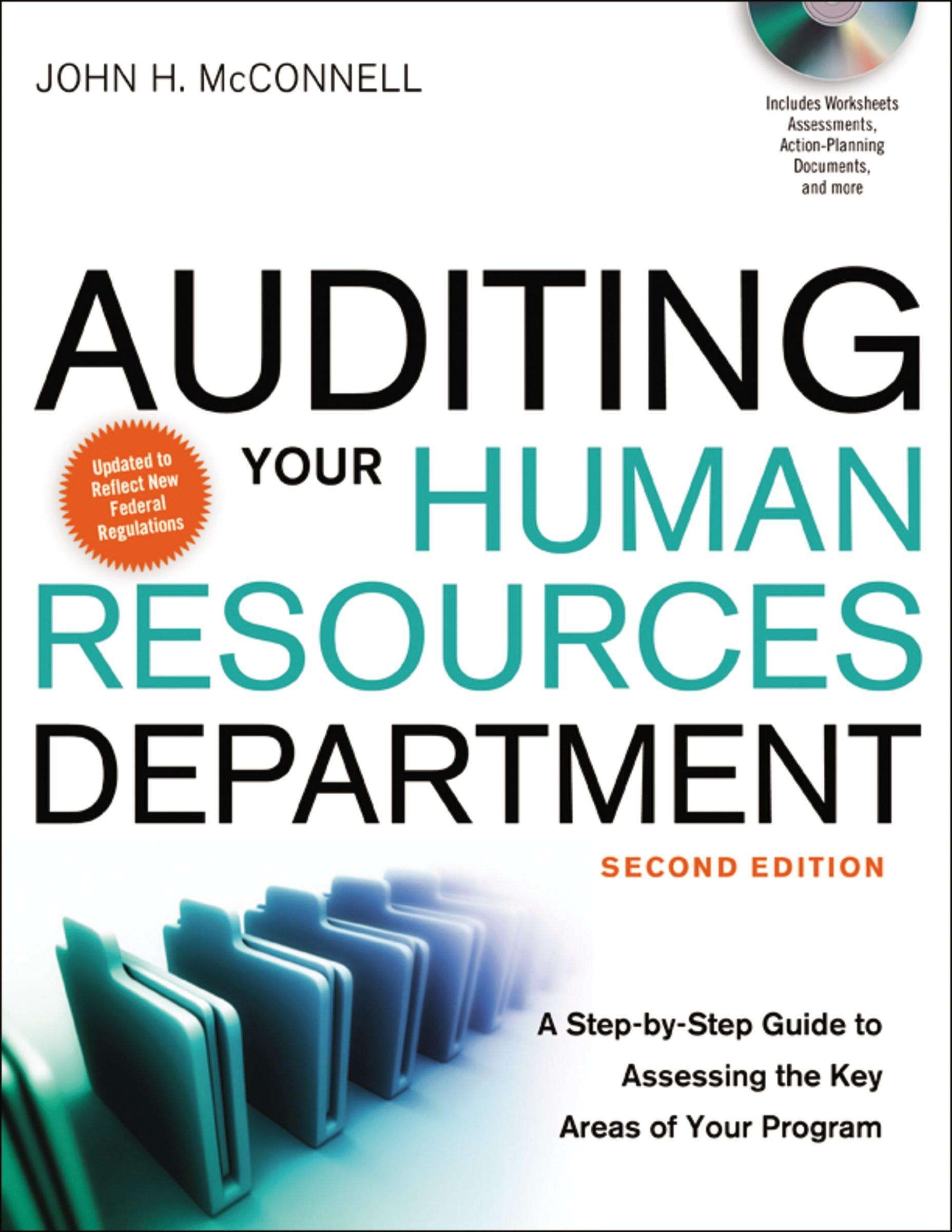








Following are selected account balances (in millions of dollars) from a recent UPS annual report, followed by several typical transactions. Assume that the following are account balances on December 31 (end of the prior fiscal year): These accounts are not necessarily in good order and have normal debit or credit balances. (Note: Because these are not all of UPS's accounts, these will not balance in a trial balance.) Assume the following transactions (in millions, except for par value) occurred the next fiscal year beginning January 1 (the current year): a. Provided delivery service to customers, who paid $3,890 in cash and owed $26,704 on account. b. Purchased new equipment costing $3,534; signed a long-term note. c. Paid $8,864 cash to rent equipment and aircraft, with $3,886 for rent this year and the rest for rent next year (a prepaid expense). d. Spent $964 cash to repair facilities and equipment during the year. e. Collected $27,285 from customers on account. f. Repaid $200 on a long-term note (ignore interest). g. Issued 200 million additional shares of $0.01 par value stock for $21 (that's $21 million). h. Paid employees $10,526 for work during the year. i. Purchased spare parts, supplies, and fuel for the aircraft and equipment for $8,064 cash. j. Used $6,700 in spare parts, supplies, and fuel for the aircraft and equipment during the year. k. Paid $884 on accounts payable. I. Ordered $98 in spare parts and supplies. Required: 1. Prepare journal entries for each transaction. 2. Enter the ending balances from December 31 as the respective beginning balances for January 1 of the current year. Record in the T-accounts the effects of each transaction. Label each using the letter of the transaction. 3. Prepare an unadjusted income statement for the current year ended December 31 . 4. Compute the company's net profit margin ratio for the current year ended December 31. Complete this question by entering your answers in the tabs below. Enter the ending balances from December 31 as the respective beginning balances for January 1 of the current year. Record in the T-accounts the effects of each transaction. Label each using the letter of the transaction. Note: Enter your answers in millions, not in dollars. \begin{tabular}{|l|l|l|l|} \hline \multicolumn{3}{|c|}{ Wages Expense } \\ \hline \multicolumn{1}{|c|}{ Debit } & \multicolumn{2}{|c|}{ Credit } \\ \hline Beginning balance & & & \\ \hline & & & \\ \hline & & & \\ \hline Ending balance & 0 & & \\ \hline \end{tabular} Prepare an unadjusted income statement for the current year ended December 31 . Note: Enter your answers in millions, not in dollars. Complete this question by entering your answers in the tabs below. Compute the company's net profit margin ratio for the current year ended December 31 . Note: Round your percentage answer to 1 decimal place (i.e., 32.1)















